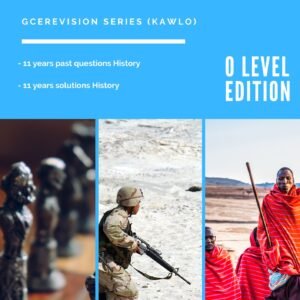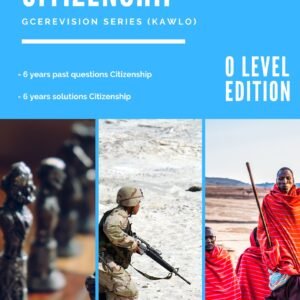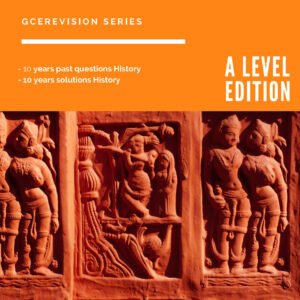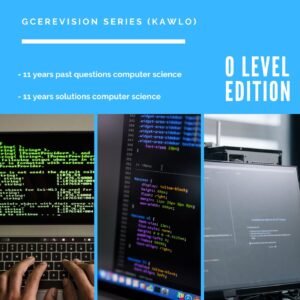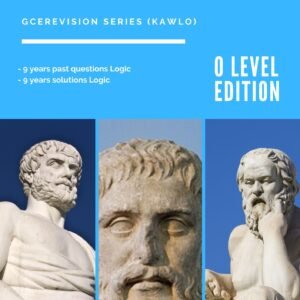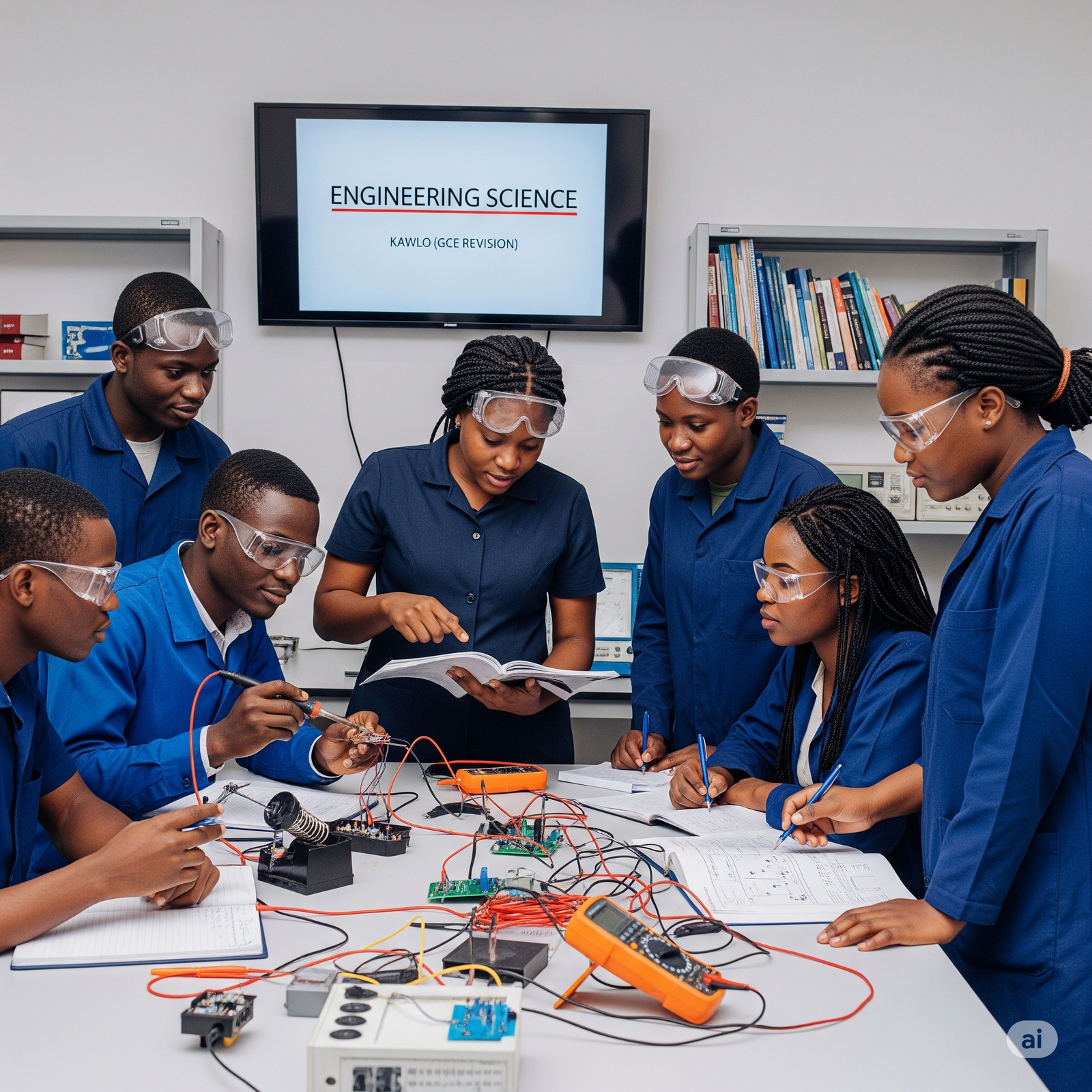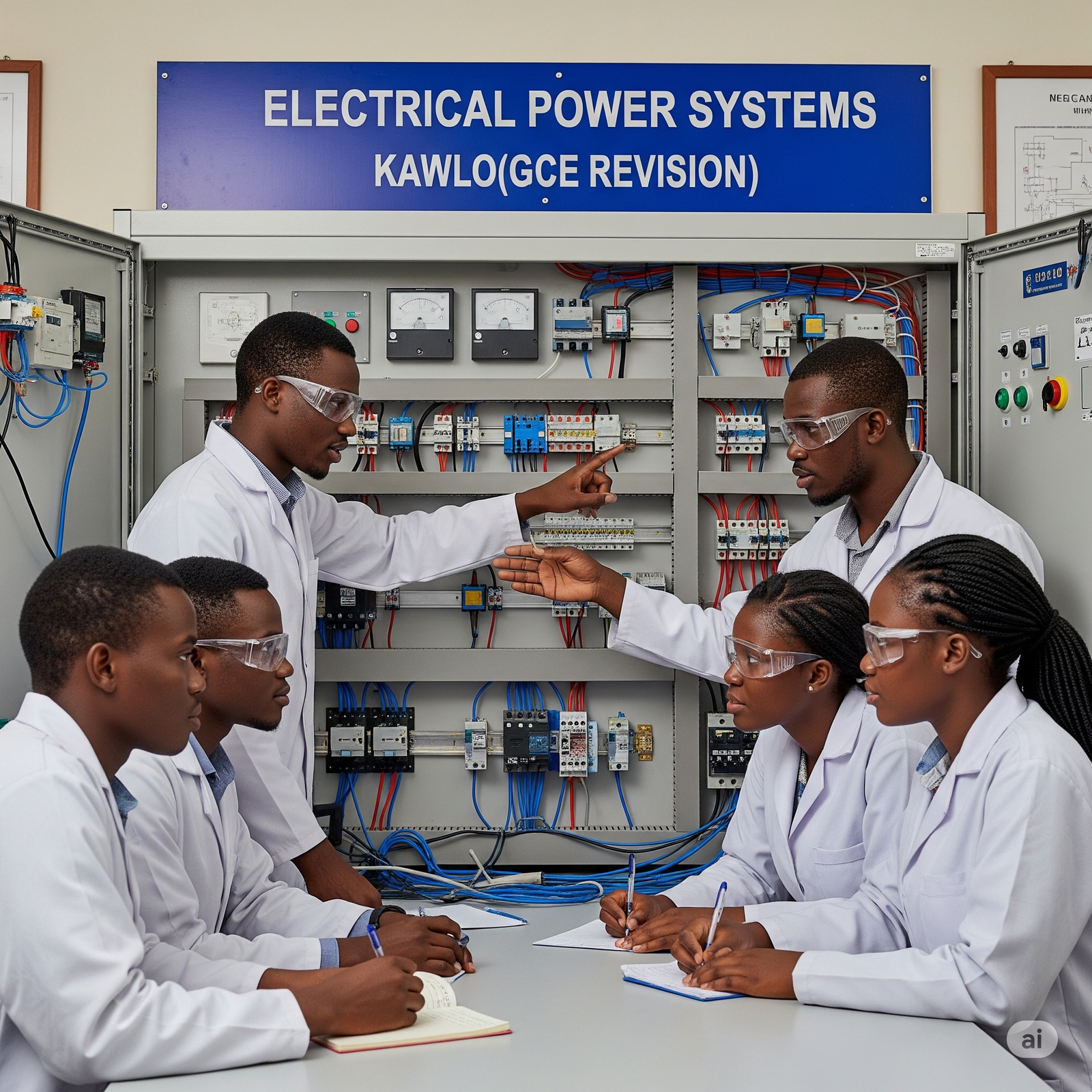Cameroon GCE ordinary level June 2025 human biology 1
Cameroon GCE ordinary level June 2025 human biology 1
Here are the answers to the questions, formatted as they appear in the provided images:
From image_882ffe.jpg (No specific question numbering provided, so I’ll follow the flow):
- Which of the following is a function of reformatory schools?
A Train juveniles in arts and craft
B Train children in the community
C Educate parents on how to handle difficult children
D Provide funds for needy children.
- The two strands that make up a chromosome are called:
A Centrioles
B Centrosomes
C Chromatids
D Spindle fibres.
- The flexing of the forearm is brought about by the:
A Relaxation of the biceps muscle and the contraction of the triceps muscle
B Contraction of the biceps muscle and the relaxation of the triceps muscle
C Contraction of both biceps and triceps muscles.
D Relaxation of both biceps and triceps muscles.
- A major difference between humans and other mammals is the possession of:
A Mammary glands
B Sebaceous glands
C Four-chambered heart
D Opposable thumbs.
- A joint where no movement occurs in the skull is known as a:
A Gliding joint
B Pivot joint
C Hinge joint
D Suture joint.
- Which of the following is true of a nerve fibre at resting potential?
A The axon is polarized
B The axon is positively charged only
C The axon is depolarized
D The axon has no charge.
- The central nervous system is made up of:
A Cranial and spinal nerves
B Spinal cord and brain
C Spinal nerves and brain
D Brain and ganglia.
- Which of the following is a reflex action?
A Sneezing
B Flexing
C Sleeping
D Walking.
- The eye defect caused by a small eyeball resulting in the formation of images behind the retina is called:
A Hypermetropia
B Myopia
C Presbyopia
D Astigmatism.
- Which hormone is responsible for the contraction of the uterine wall during childbirth?
A Luteinizing hormone
B Progesterone
C Oestrogen
D Oxytocin.
- Prolonged bleeding of a wound can be caused by a deficiency in:
A Vitamin A
B Vitamin D
C Vitamin E
D Vitamin K.
- The digestion of proteins takes place in the stomach without digesting its walls because:
A It secretes gastric juice
B It produces mucus which reacts with saliva
C It produces mucus which coats the stomach wall
D It produces mucus that neutralizes HCl.
- A disorder of the alimentary canal characterized by retention of faeces in the rectum is:
A Gastritis
B Indigestion
C Constipation
D Appendicitis.
- What is the importance of having many alveoli in the lungs?
A Allows more blood to pass through the lung capillaries
B Increases the time air spends in the lungs
C Increases the surface area for gaseous exchange
D Increases rate of ventilation.
- The difference between aerobic and anaerobic respiration is that aerobic respiration:
A Takes place in the cytoplasm
B Occurs mostly in yeast and bacteria
C Involves the complete breakdown of glucose
D Results in the production of lactic acid.
- Which of these diseases could cause paralysis of the breathing muscles?
A Tuberculosis
B Poliomyelitis
C Pneumonia
D Bronchitis.
- Why is the heart muscle described as being myogenic?
A It initiates its contractions
B It is only found in the heart wall
C It is striated
D It is involuntary.
From image_88301a.jpg:
- Veins are usually used for administering drips because:
A They have thin walls
B They are superficially located
C They carry blood under high pressure
D They transport blood faster.
- The fluid from which cells obtain nutrients and shed their wastes is:
A Blood
B Lymph
C Tissue fluid
D Plasma.
- Which of the following vessel supply the liver with blood?
A Renal vein
B Renal artery
C Hepatic vein
D Hepatic artery.
- Where in the body is urine stored?
A Kidney
B Pelvis
C Bladder
D Bowman’s Capsule.
- Blood clotting is initiated by:
A Conversion of prothrombin to thrombin
B Conversion of fibrinogen to fibrin
C Presence of calcium ions
D Lysis of blood platelets on exposure to air.
- Immunity developed after a disease attack is called:
A Natural Active immunity
B Natural Passive immunity
C Artificial Active immunity
D Artificial Passive immunity.
- A man of blood group AB marries a woman heterozygous for blood group B. What is the probability that their first child will be of blood group A?
A 0%
B 25%
C 50%
D 75%.
- Where does gametogenesis occur in human females?
A Ovaries
B Cervix
C Ova
D Uterus.
- Ovulation is most likely to occur on which day of the menstrual cycle?
A 28th Day
B 10th Day
C 14th Day
D 21st Day.
- Why is “afterbirth” important in the birth process?
A The woman becomes barren
B The woman gains weight and becomes stronger
C It produces sex hormones
D Failure to expel the placenta results in decay and harm.
- Which of these birth control methods block the ovum from moving through the fallopian tube?
A Vasectomy
B Intrauterine device
C Tubal ligation
D Pills.
- Haemophilia is a sex-linked trait in humans. The allele (H) is recessive to the normal allele (H) responsible for blood clotting. Two normal parents have a haemophiliac son. What are their genotypes?
A XHXh and XHY
B XHXH and XhY
C XhXh and XHY
D XHXh and XHY
- Which of the following terms describes someone who transmits a trait but does not exhibit it physically?
A Phenotype
B Genotype
C Heterozygous
D Homozygous.
- Choose the enzyme that breaks down fats into fatty acids and glycerol in the duodenum.
A Ptyalin
B Trypsin
C Amylase
D Lipase.
- Which of the processes below remove carbon dioxide from the atmosphere?
A Photosynthesis
B Respiration
C Combustion
D Fermentation.
- Autotrophs are also referred to as:
A Consumers
B Decomposers
C Herbivores
D Producers.
- Select a viral disease from the options below:
A Polio
B Typhoid
C Tuberculosis
D Gonorrhoea.


